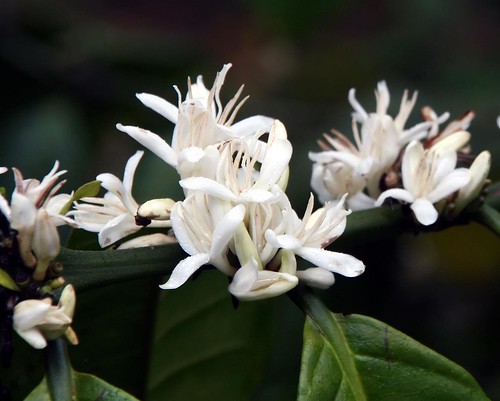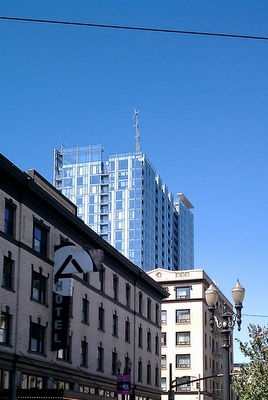When it comes down to it, there are only two ingredients that go into great coffee, assuming you drink it straight. The first is great coffee and the other is great water. Here in the Pacific Northwest, where we have great coffee, we often take for granted that we also have an abundance of high-quality clean water. Portland’s water is so good that the City of Portland is negotiating with the federal government over a requirement to install very expensive water treatment measures that city officials do not believe is necessary.
Other places are not so fortunate, especially many developing countries. One of the unfortunate truths about coffee production is that the people in many regions that produce great coffee beans do not have easy access to safe, clean drinking water. Not having access to water is a major drag on the economic development of these places. In addition to increasing the rate of water-borne illnesses, the lack of clean water makes it harder for young people to go to school, because it is often the young family members who have to fetch water. They cannot go to class when they are hauling water for their families, and supporting the family’s survival is always going to take precedence over education. This is a long-term problem for these regions that needs to be solved.
Providing clean drinking water is a great start to improving economic development in poorer regions, and Portland Roasting Coffee (PRC) is working with Portland Global Initiatives to do this. Portland Roasting’s mission is to use the commerce of coffee to improve living conditions in developing countries, and one of the ways they do this is by partnering with Portland Global Initiatives to host the Walk for Water, a 3.5-mile walk along the Willamette River in downtown Portland.
 The Walk for Water coincides with the United Nations' World Water Day
The Walk for Water coincides with the United Nations' World Water Day
This year’s event takes place on Sunday, March 27 at 1 p.m. Participants will walk the course, carrying water and stopping at stations along the way to learn more about water issues. The money from registration fees and sponsorships will go to USAID, a federal international economic development agency that partners with Water for All to build wells in developing countries. The purpose of the walk is to raise enough money (approximately $14,000) to build a well in Kenya or Malawi. While building one well is not going to solve the all of a country’s development challenges, it will make a huge difference in the lives of the people in the village.
The video below, produced to promote last year’s walk, explains the walk and shows you how the previous year’s funds were put to work.
If you are interested in walking, the cost is $20 per individual or $50 for families up to 6 people. I plan to walk, and I encourage you to do the same. If you do not feel like walking, you can also donate. Click the Walk for Water link at the top of the left sidebar and you will be taken to the sign-up page. Thanks!


